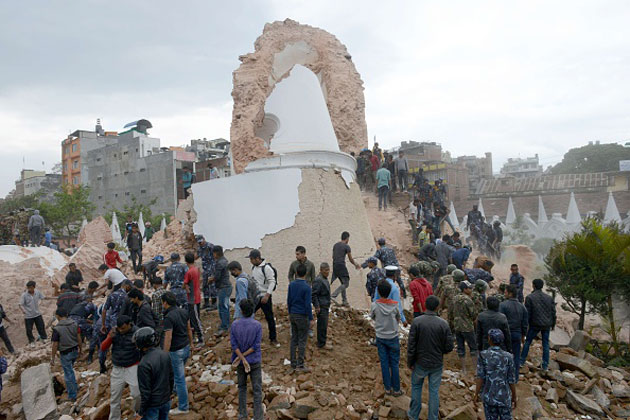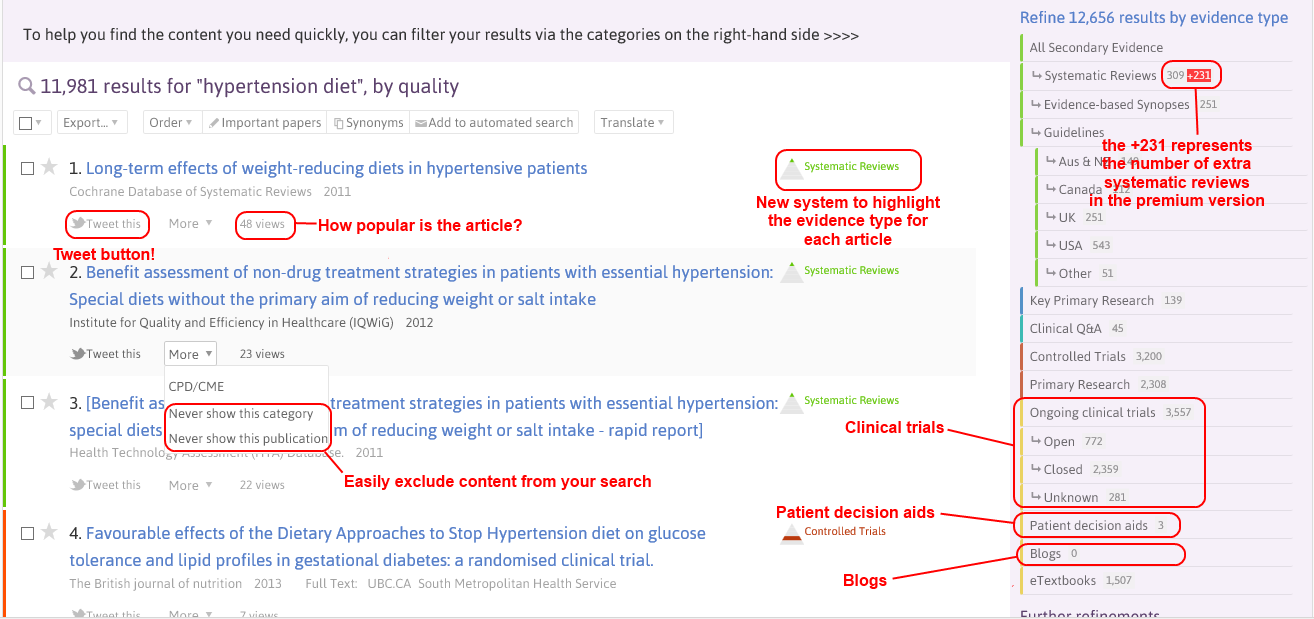
On 25th April, 2015, around 12 PM Nepal time and 6 PM NZ Time, a devastating earthquake of 7.9 Richter scale (?10 kilometre) deep epicentre in Lamjang, struck Nepal. The tremors were felt in several cities across North India and in China.
The news of this earthquake brought to my mind our experience of the 2011 Christchurch earthquake and its aftermath. Right now it is time for relief operations to see as few lives are lost, and salvage as much as possible, and save as many people as possible, get people out of the disaster zones.
Following the news item, I tried peeking into the blogs and twitter feeds and Facebook pages. I have to picked up or stored images here (these are available throughout the web, quite gruesome), but I have started putting together some themes that I think are important for me to learn more about the earthquake that happened and what we can do about it. I shall continue to curate and learn about this earthquake and link to our own research and experiences as much as I can over the next few months. For that, I have saved “nepal” as a search term in twitter and will continue to search google for more information.
To summarise the main information sources, it seems that immediately after the earthquake about 1400 people died in Kathmandu and Pokhara. About 18 people, who went to the Everest mountains for trekking, died on the base camp. The base camp was damaged by avalanche from Mount Everest. These are significant losses. Equally, some agencies have set up relief camps and are accepting donations. There is a website that nicely lists them and it is important that we support these sites in their relief work.
One of the first things that come to mind about disasters is to help. For many of us, helping with materials may work, but it is easier and topical to help with money, particularly with online donations. There are some interesting perspectives that people have offered about online donations for disaster relief.
Finding out People
An important area of concern is to find out people. Here,
Google and Facebook are doing really well online. See this article by John Fingas, over at Endgadget where he reported that
Facebook has rolled out its recently introduced (recently refers to April 2015) Safety Check feature to tell people if contacts in the area are okay – survivors only have to report in to ease the mind of searchers.
Google India office revived its longstanding Person Finder to assist you in both locating loved ones and sharing news with others. You’ll want to get in direct contact or reach out an embassy if you’re still concerned about affected locals, but these internet tools could spare you from a lot of uncertainty.
Nepal Earthquake Search
Donating and doing Something
The other area where you can help is by donating online. Christopher Dawson at CNN sums up,
The Nepal Red Cross Society is the epicenter of the relief efforts and is a direct way to help the people of Nepal. Here is its online donation link, NRCS, please note that their website connectivity is on and off, so you might not be able to get through.
AmeriCares has sent its response team to the impact zone and relief workers are preparing shipments of medical aid and relief supplies for survivors. You can help by donating online to their disaster relief fund.
CARE is on the ground and preparing to provide temporary shelter, ready-to-eat meals and water purification and latrine construction. You can learn more about their relief plans here or go directly to their donation page to help.
Global Giving has created a Nepal Earthquake Relief Fund to immediately help both local Nepalese nonprofits and international aid organizations. Supporters can donate online or text GIVE NEPAL to 80088 to donate $10.
Handicap International has been in Nepal since 2000 and the 47-person team is safe. They are providing wheelchairs and assistance to the local hospitals which they report are overwhelmed. You can go online to directly support their Nepal Earthquake Response .
The International Federation of Red Cross and Red Crescent Societies (IFRC) is preparing an emergency response operation and is prepping resources from its hubs in New Delhi, Kuala Lumpur and Bangkok. The federation is releasing funds from its Disaster Response Emergency Fund to support the initial emergency response, and you can further support their efforts by donating here.
International Medical Corps is on the ground coordinating their response and sending additional staff and resources to support relief efforts. You can support the Nepal Earthquake Response online, or by texting MED to 80888 to give $10.
MercyCorps has launched the Nepal Earthquake Response fund to help provide food, water and temporary shelter in the aftermath of this disaster.
Oxfam International is working to help provide clean water, sanitation and emergency food for those affected by this disaster. Donate via Oxfam America here
Save the Children is working to protect vulnerable children and provide relief to families. You can donate online to directly support the Nepal Children’s Emergency Relief Fund
UNICEF is working with the government and other partners to meet children’s immediate needs in water and sanitation, protection, health and nutrition. You can help by donating online.
Caveat Emptor while donating?
Donation itself is great, however, it is also important that one should be careful while donating funds.
Amrita Khalid has written this set of words to the wise,
Amrita Khalid writes,
Only hours after a 7.8 magnitude earthquake claimed an estimated nearly 1,000 lives in Nepal on Saturday morning, requests for donations are making the rounds on Twitter. Aid groups such as American Red Cross, CARE, and Save the Children are deploying on the ground assistance to help the Nepal earthquake victims. But it’s been five years since chaotic relief efforts in the wake of the Haiti earthquake drew worldwide controversy. If texting your $10 to help the victims of Nepal did nothing to eliminate that pit of worry in your stomach, it’s hard to blame you.
According to The New York Times, the earthquake in Nepal was about 16 times more powerful than the 2010 Haiti earthquake. Lack of communication from the country further amplifies concerns over the exact scale of the earthquake’s destruction. While nothing should discourage you from contributing to such badly needed relief efforts, it’s normal to question whether aid groups have improved their disaster response since the last incident of such a massive scale.
Many organizations such as the United Nations, aid groups and experts in the field have weighed in on what went wrong in Haiti and what needs to change in the light of another natural disaster of such a massive scale. Now is a timely opportunity to review the problems that first cropped up and what nations, aid workers and the general public can do to make sure the mistakes that happened with Haiti don’t repeat in Nepal.
Research before donating
If you were one of Wyclef Jean’s many Twitter followers who donated to Yéle in Haiti’s aftermath, you probably learned this lesson the hard way. Financial mismanagement riddled most of Yéle’s efforts in Haiti, with had raked in more than $16 million from the musician’s fans concerned about the earthquake. Following the Yéle’ fiasco, the Better Business Bureau came out with a list of mistakes to avoid when donating to disaster relef campaigns. First off, it’s best to stick with well-known organizations such as American Red Cross and Oxfam. If a charity’s name includes the name of the disaster, make sure it’s affiliated with an older, reputable organization and didn’t crop up overnight. Be sure the charity details the exact efforts your money is going towards. Will your dollars go to purchasing food and water for the victims, or to paying staff? BBB always warns against shipping off unsolicited donations such as food and clothing. Relief organizations prefer to buy such items near the site of the disaster in order to eliminate the time and costs associated with delivery.
If you’re unsure of whether the charity you’re considering donating to is legit, BBB’s Wisegiving Alliance can give you a comprehensive report on how the organization measures up.
A big criticism of the international community’s response with Haiti was its lack of involvement with the people of Haiti in vital decisions.
Francois Grünewald of Groupe URD noted that many aid workers arrived in Haiti with no knowledge of the local language. Many NGOs bypassed working with local municipal governments entirely.
Writes Grünewald:
“In the future, the aid system won’t be able to function as an ‘occupying alien’ as it largely did in Port-au- Prince, and instead will have to engage with local people, local authorities and local realities.”
That being said, engaging with the local community is easier said than done, especially during times of turmoil and confusion in politically turbulent nations, as was the case with Haiti. United Nations Emergency Relief Coordinator John Holmes writes candidly of the first few months of his time in Haiti and details how frustratingly impossible a balancing act this can be, such as when the Haitian president refused food aid after the first few weeks of the earthquake. Especially during times of turmoil and confusion, the needs of a host country and the missions of a aid organization can conflict more often than one would think.
Writes Holmes:
“One of the most common criticisms of the response is that we failed to engage enough with local actors, even when they had begun to recover from the devastation of the earthquake, and failed to understand well enough the local political, economic and social dynamics. The early problems of access to the Minustah base, and of too many meetings in English, have been well-documented. These are certainly valid points. Many mistakes were made.”
Because 99 percent of the aid provided to Haiti came from the way of outside nations and organizations, Haiti is often referred to as “The Republic of NGOs”. A weak, national government and a bevy of NGOs with no one entity to reign them all in was a recipe for disaster. The Nation reported that NGO’s in Haiti used a meager one percent of the money that poured in after the disaster on actually recovery assistance As Vijaya Ramachandra of the the Center for Global Development notes, “A system for registration of NGOs would be a good start, especially as the government still has limited capacity. Eventually, the government might be able to monitor NGO activities and ensure coordination.”
Keep Expectations Realistic
It’s likely the international community’s response to Nepal will be an indication of whether the status quo has changed for international aid. But aid workers and other experts often point out that what went wrong with Haiti has gone wrong during natural disasters in the past, and will continue to do so in the future. Lessons learned or not, the unplanned nature of natural disasters, the sheer scale of their destruction and the differing geographical, political and societal factor of the regions affected can make each recovery effort an entirely different challenge.
Dr. Mirta Roses Periago of the United Nations sums up the problem with Haiti, and other natural disasters in a nutshell:
“If the impact was unprecedented, the organization of the response was not. It followed the same chaotic pattern as past disasters. Information was scarce, decisions were not evidence-based, and overall sectoral coordination presented serious shortcomings. Management gaps noted in past crises were repeated and amplified in Haiti. The humanitarian community failed to put into practice the lessons learned
Notable Sites where you can send help
So, there are mixed messages, and a lot of opportunities out there to go and help out there.


